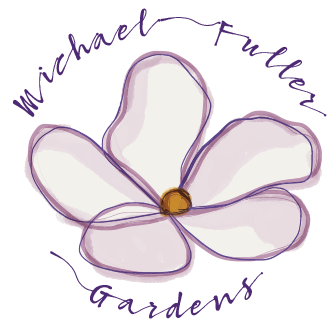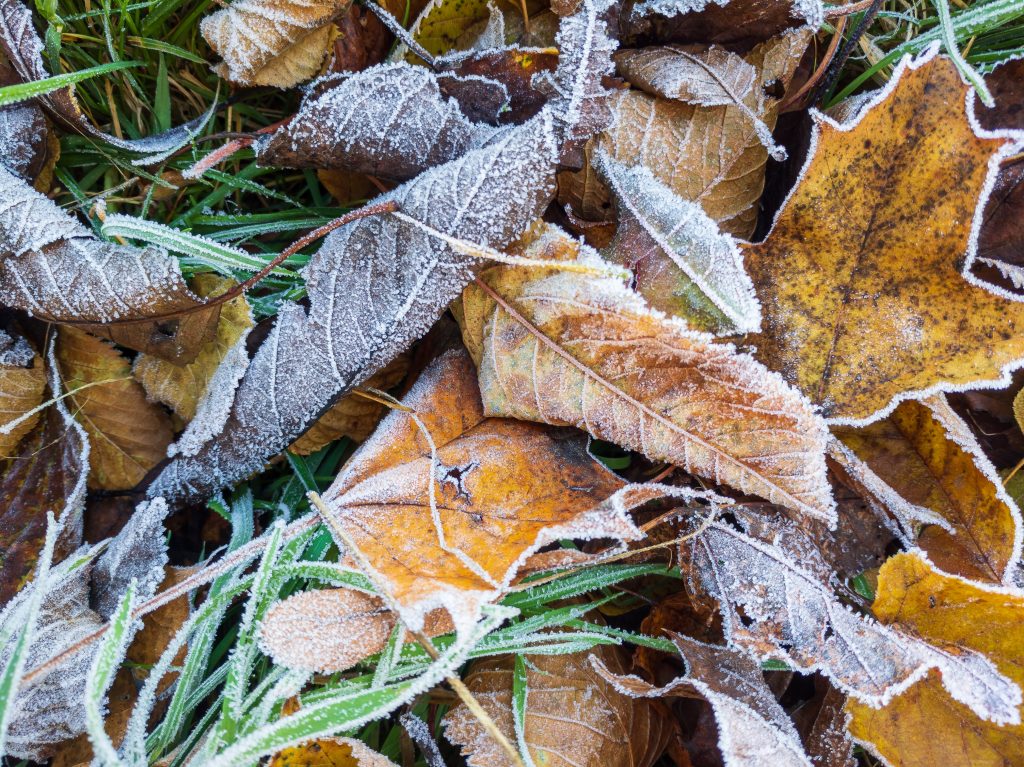The Garden in June

In this the sun’s high hour it rests
With you to understand these words of wisdom:
Surrendered to the beauty of the world,
Be stirred with new-enlivened feeling;
The human I can lose itself
And find itself within the cosmic I.
(Verse 11 – The Soul Calendar, Rudolf Steiner)
In June, the cycle of the year has reached its ‘high hour’, the sun being at her highest point in the sky with long and hopefully warm, sunny days full of the scent of roses and other blossoms. To a certain extent, my work as a gardener shifts into a different gear: the non-stop growth of May now subsides a little – lawns and meadows become different as the grasses and other plants change from vigorous growth of green stems to flowering and the beginning of seed creation, fruit trees and bushes have blossomed and are now beginning to create their first fruit buds, the flowers in the beds come to the fore and are now in their glory – Roses, Paeonies, Lilies, Iris, Phlox, Hydrangea and many others. Somehow the weeds of May have subsided a little too, and for my garden work too there seems to be a possibility of a gentle pause.
This pause could take the form of a short holiday, or even just taking time out: sitting, eating, entertaining in the garden. We can, of course, do this throughout the year, there are no rules to when we can relax, but for me ‘surrendering to the beauty of the world’ at Midsummer is a special feeling; and perhaps by doing this in a meditative way, I might sense the spirit in nature (the ‘cosmic I’) that informs and pervades all that we see around us in our gardens and landscapes. Interestingly, the sun herself makes a pause on Midsummer’s Day (June 21st); this day is also known as the Summer Solstice, where the sun (‘sol’) stands still (‘stice’). If she is doing this then I think we are in good company, and to celebrate this moment either alone or with friends feels like a good idea!
June garden work
The pauses and celebrations around Midsummer will always be tempered a little by the June garden tasks, some of which are listed below; however, none of them seem too arduous compared to the busy times of Spring and again in Autumn.
– Prune wisteria shoots at the end of June after flowering, to 6 – 8 inches, to encourage next year’s flowers and prevent excessive growth.
– Prune other early flowering shrubs – Ribes, Forsythia, Philadelphus and Weigela as soon as they have flowered. These shrubs flower on the previous season’s growth so now is the time to encourage growth and flower buds for next year.
– Trim hedges very lightly, allowing them to stay a bit flowing and alive in appearance (check for late nesting birds first).
-Support tall-growing perennials with sturdy canes –use local hazel ideally or otherwise bamboo.
– Cut back spring-flowering perennials like Pulmonaria and Geranium to encourage a further flush of flowers.
– Water newly established plants regularly, but also keep a check on all your plants: even mature plants can suffer from a drought – in my experience Cherries, Roses and Rosemary have all suffered in previous hot summers. Additionally keep ponds, wetlands and birdbaths topped-up, these habitats are crucial to many different creatures in our gardens – dragonflies who will now be emerging from the water, the hedgehog on her nightly round and the various birds who love to bathe and drink from these water features. Additionally, many mammals including badgers and foxes (and even domestic cats) will use a pond as a place to drink from.
And the no-dig veg plot…?
Fingers crossed it’s all going well, everything seems to be growing in the right direction…roots downwards through the compost and cardboard, shoots upwards into the light! Perhaps because of the wet Spring no watering has yet been required; but it might also be due to the thick compost and the mulching aspect of the cardboard below? I imagine that this might change as we move into high summer and the beginnings of the fruiting and ripening process…





